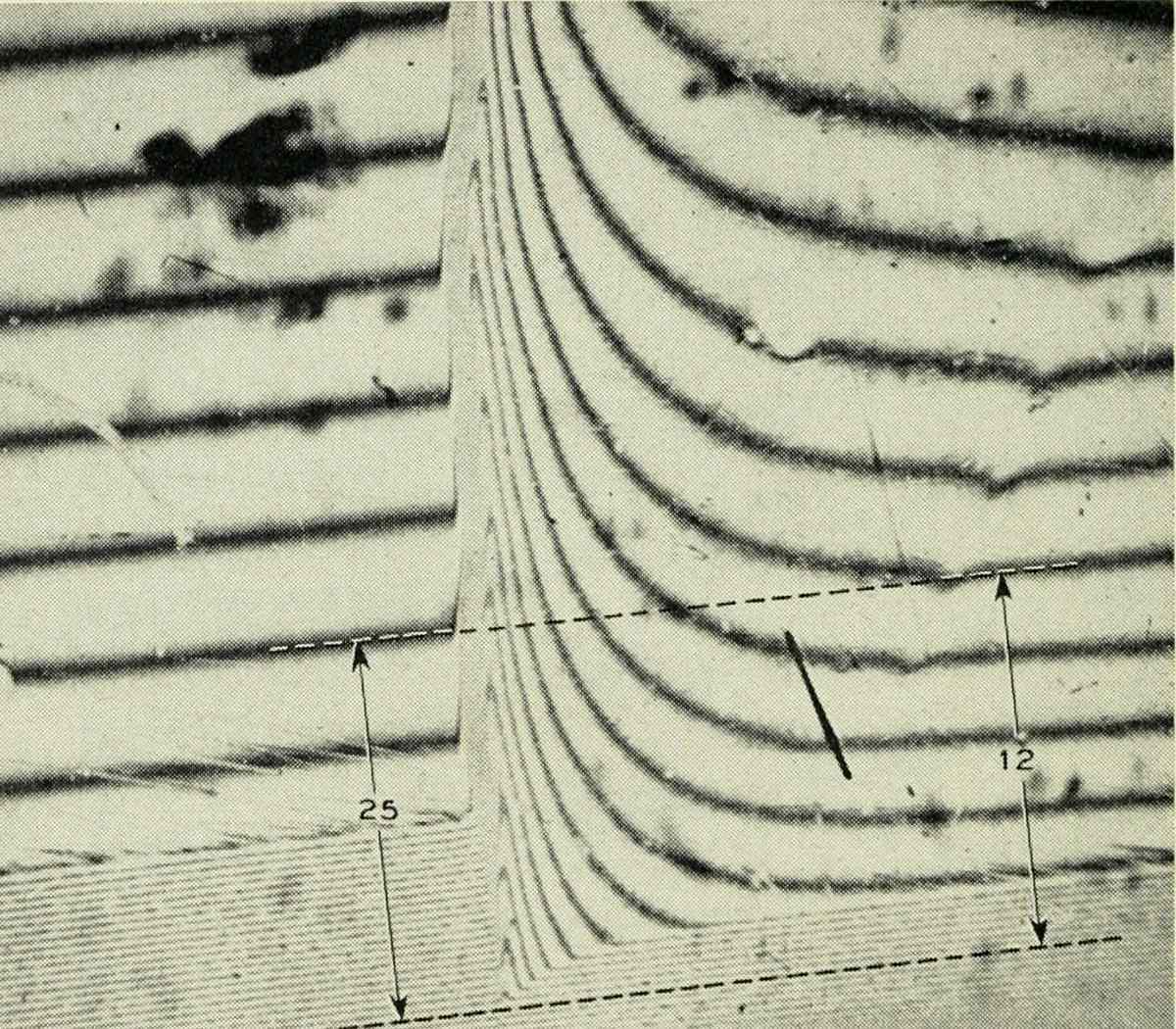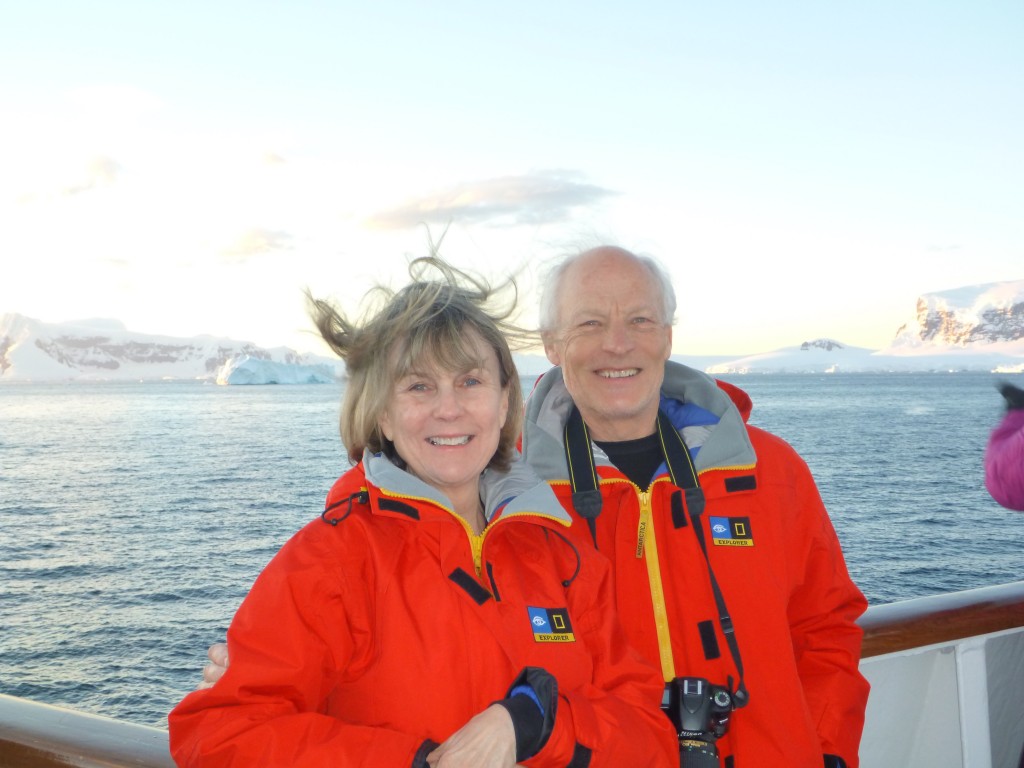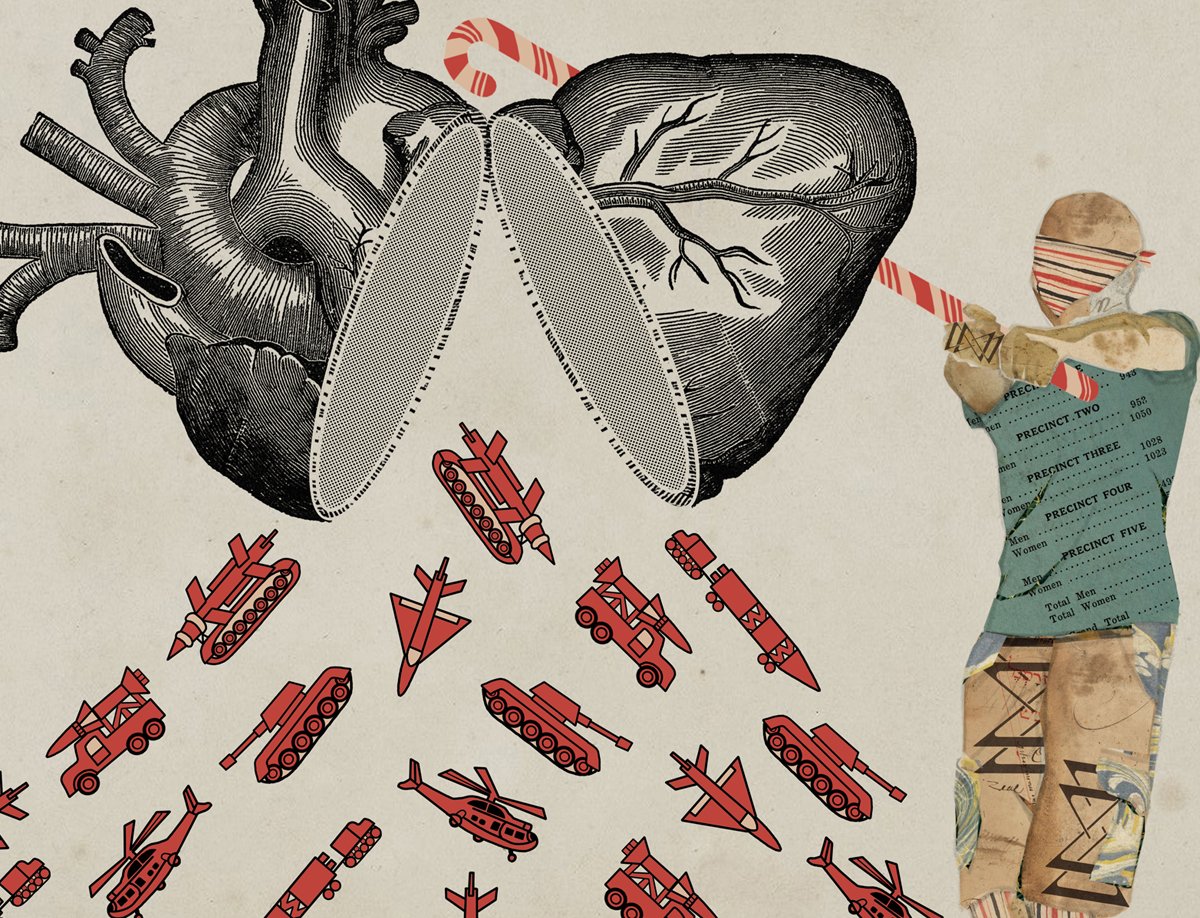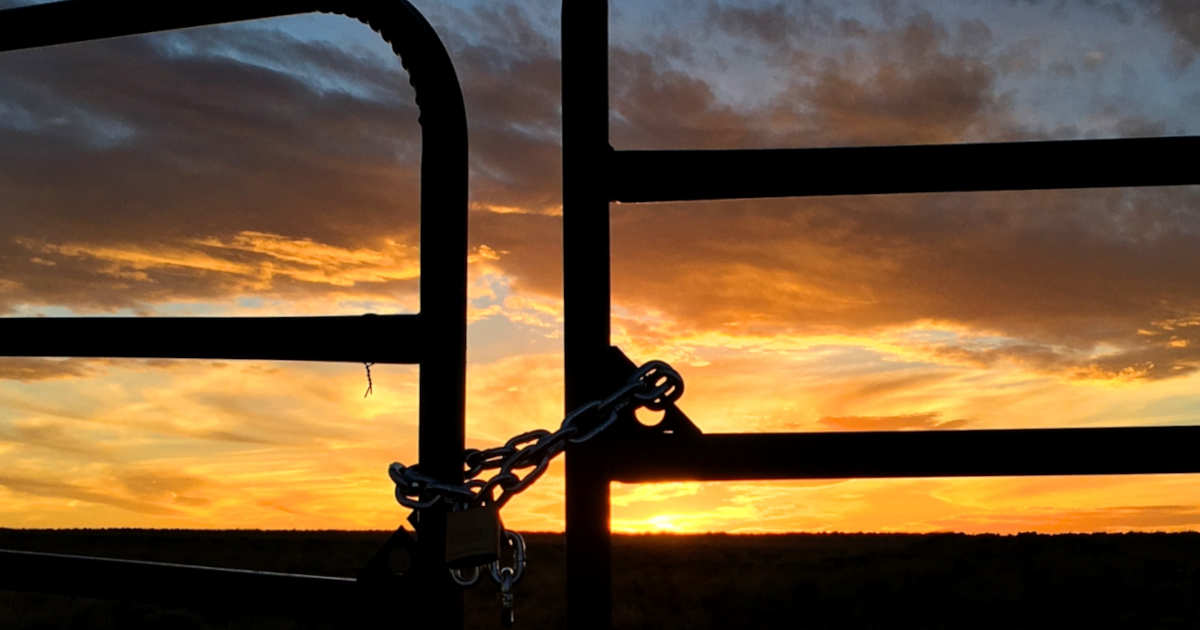Everyone has issues.
They could be physical. They could be mental. They could be emotional. Or they could be a mix of all three. Some are minor annoyances. Some are major trauma. The challenge is to get enough distance on them, so we don’t get lost in them or identify with them. Our bodies may not work the way we would like them to work…but we are not our bodies. Our minds might not function at the level we would like them to function…but we are not our minds. Our emotional state may be darker than we would like it to be…but we are not our feelings. We are simply human beings trying to develop enough consciousness to be able to observe how our bodies are working, how are minds are functioning, and how are emotions are manifesting without identifying with them or imagining we are completely free from them.

Physically, we may have diabetes, but our body is strong and athletic. Mentally, we may not have the type of intelligence that would enable us to be a neurosurgeon, but we may have an aesthetic intelligence that enables us to create or appreciate art.
Emotionally, we may be anxious or depressed, but we may be sensitive interpersonally.
Being able to observe and accept whatever conditions our genetic programming produced gives us a sense of space to create who we are: our essential selves, our crystallized “I,” our soul, or state of consciousness.
We can’t get distance on our problems if we get lost in them or identify with them by saying, for example, I am a diabetic, or I am a surgeon, or I am depressed and anxious. Getting distance means being able to say, “I am a conscious being housed in a body that is diabetic, equipped with an analytical and logical mind, and hard-wired to experience depression and anxiety.” Creating a space to observe our issues gives our essential self a chance to accept the physical, emotional, or intellectual challenges we face, and still continue the work and effort of growth and development. We need to avoid being victimized by “things,” and be energized by the process of living, learning, and working.
Gurdjieff uses the analogy of a horse and carriage to help us get a handle on this phenomenological process.
The carriage represents our physical center, the horse represents our emotional center, and the driver represents our intellectual center. So where is our conscious being? That’s the big question. Our conscious being is usually asleep or absent. Thus, the driver, horse, and carriage react to whatever situations they encounter and go about their business independent of any degree of consciousness. They simply engage in conditioned responses at a fairly unconscious, automatic, habitual level. Sometimes the carriage breaks down and needs to be fixed. Sometimes the driver gets drunk and runs the carriage off the road. Sometimes the horse gets frisky, refuses to listen to the driver, and pulls the carriage and driver into a ditch. You never know which one is going to influence the path on which they travel. And, sometimes, a conscious being wakes up in the carriage, observes what is going on, and gets all three components acting in joyful harmony.
Unfortunately, “you” never know which “being” is going to wake up in the carriage or at what level of consciousness.
The “soul” in the cab could just be a visitor for a day who wants to go to Florida. The next day another being could show up who wants to go to India. On a third day, still another being could show up with a whole different idea of where to direct the driver, horse, and carriage. This being could wake up with a fighting mind, an acquiring mind, or a complying mind. Or, a dynamic being could wake up with a loving heart, an inclusive spirit, or an enlightened purpose. Over time, the goal is to have the same, fully-awake being occupy the carriage with a high level of consciousness.
Getting distance on our problems means being able to observe our physical, emotional, and intellectual centers without getting lost in them or over-identifying with them. For most of us, one center tends to dominate the other two centers and ignores whatever level of consciousness exists in the cabin. Some of us are intellectually driven and see emotions as weakness. Others are physically driven and totally identify with their physical prowess. Still others are emotionally driven and cling to sentimental views of the world independent of any evidence that could shake their beliefs. Some of us are more balanced than others. A few are even unified so that the physical, emotional, and intellectual centers actually work in concert and produce great music. Rare individuals achieve levels of consciousness that enables them to impartially observe how each center functions and are able to create a joyful harmony among the centers. Hopefully, we can all get enough distance on our problems to experience a few perfect moments of joyful harmony before one of our centers raises its ugly head and takes us off our path.
Also published on Medium.




Hi Rick, thank you for share this, your words have so much meaning for me, we don’t have to label ourselves with our “problems or issues” there is always a good thing about every obstacle that we have everyday.
Hi Rick, thank you for sharing this, everybody have problems and issues, and sometimes the things doesn’t come as the way we wish, but we don’t have to label ourselves with our “problems or issues” , there is always a good thing about every obstacle in our way, we need to accept it and use that in our benefit, thank you for your words!
And that is a beautiful picture :)